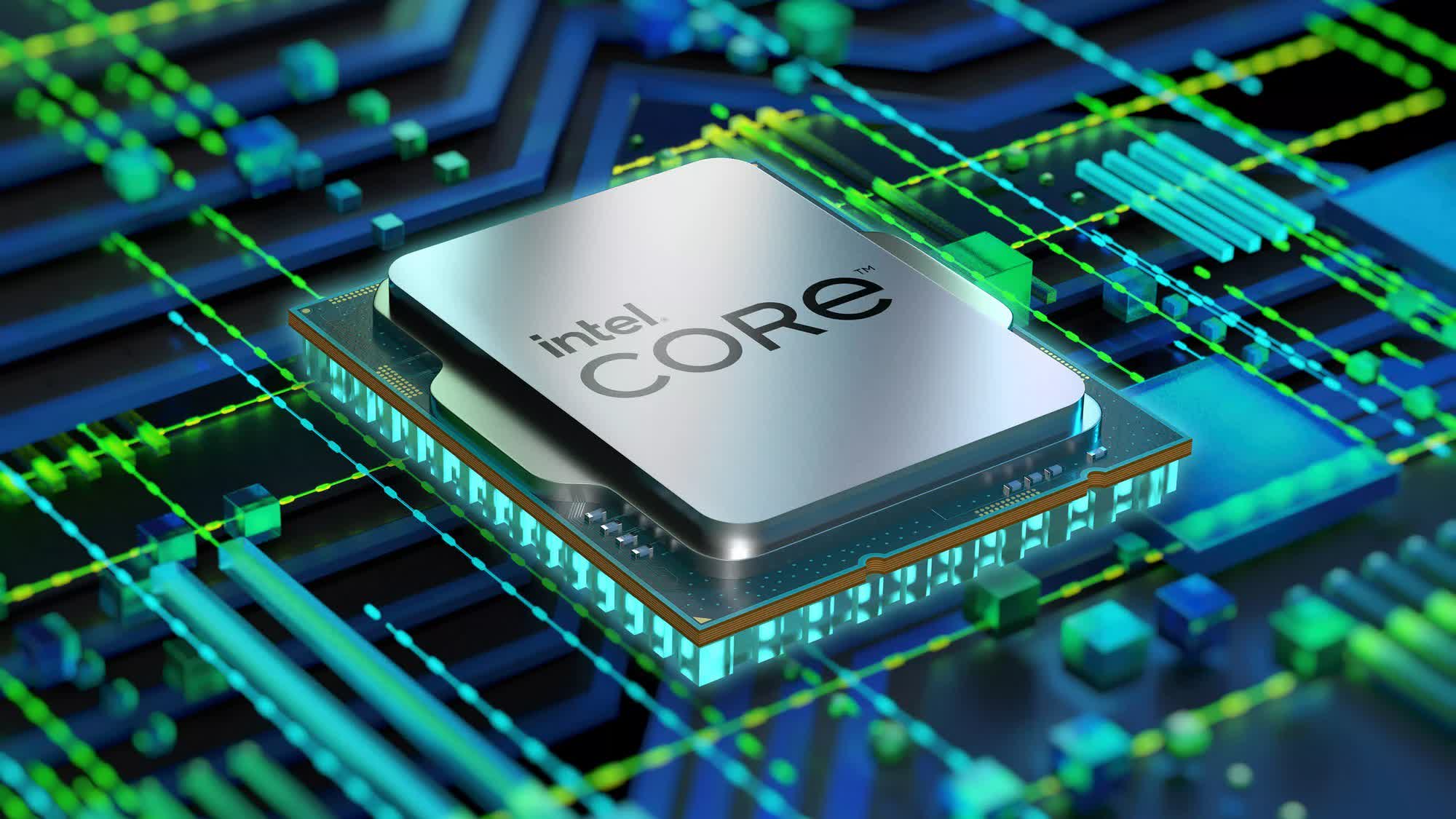In context: For many DIY PC enthusiasts, dual-core desktop CPUs may appear as remnants of a bygone era, but both Intel and AMD persist in offering entry-level processors equipped with just a couple of cores. The Intel 300 stands out as one of the latest dual-core desktop CPUs on the market, with the company positioning it as a successor to the Pentium Gold G7400.

Intel rebranded the Pentium to be known as the "Intel 300," but gaming benchmarks published by YouTube channel PC Watch suggest that its performance is just as underwhelming as that of the older Pentium chip. The channel tested multiple games with the new CPU and found it unable to match up to slightly more expensive quad-core chips, like the Core i3-14100.
In Cinebench 2024, the Intel 300 notched up a meager 88 points in the single-core test and 216 points in the multi-core benchmark, similar to the older G7400, which scored 84 and 213 points, respectively. These numbers are much lower than the Core i3-14100, which managed to rack up 102 and 490 points, respectively.
With modern DirectX 12 gaming titles demanding multiple cores, the 300 also lagged behind the i3-14100 in gaming benchmarks. In Call of Duty (1080p, RS100%), the Intel 300 achieved a relatively respectable average of 94 frames per second, but the i3-14100 reached a much smoother 153 fps. In Cyberpunk 2077, the 300 could only achieve an average of 56 fps, while the Core i3-14100 notched up a much more impressive 127 frames.
Similar results were observed in other benchmarking tools and third-party apps, including CrossMark, the photo editing benchmark UL Procyon, and Handbrake, all of which once again proved that two cores are just not enough to run most modern applications circa 2024.
The Intel 300 CPU is a Raptor Lake processor that comes with two Raptor Cove P-cores and four threads. It is clocked at up to 3.9GHz, features 6 MB of L3 cache (3 MB per core), and has a 46W TDP. It has an MSRP between $77 and $87, which is a tad lower than that of the $125 Core i3-14100F (with no integrated graphics). However, given the serious performance compromises, you're better off with the quad-core chip if gaming is your priority.
